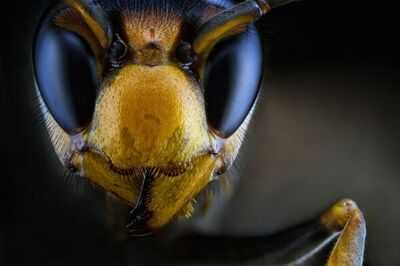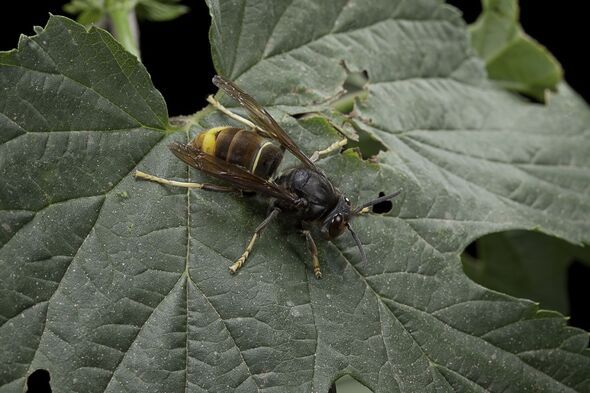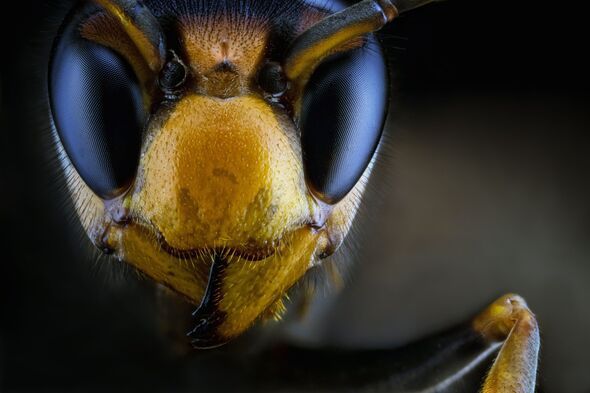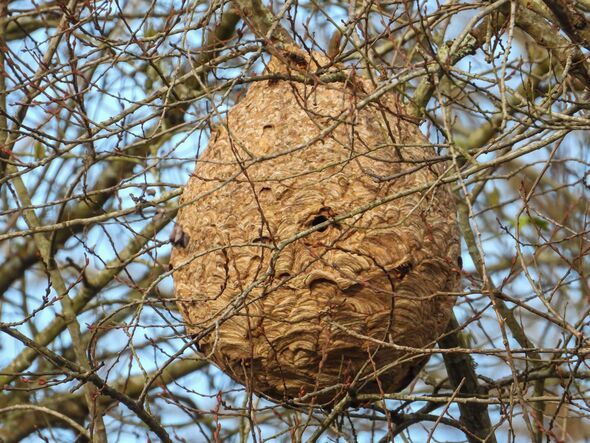

An expert has warned that Brits should stay away from yellow-legged hornets, an invasive species from southeast Asia, that is a threat to native bees. It is also important to report the insects, Howard Carter, bite prevention expert and CEO of incognito insect repellent, advised. He said: "Their only predator is the European honey buzzard, but that is not present in the UK so there is nothing to keep a cap on their numbers." There have been 342 credible sightings this year, as of August 28, with 86 nests found, according to The National Bee Unit (NBU).
Mr Carter said: "They have been overwintering for the last three years here in the UK and Ireland and it looks like numbers have increased. Most sightings have been in Kent, and also Surrey, Hampshire, East and West Sussex, but there have been sightings further north, in Yorkshire and Cheshire. They are quite active this time of year. The species is now considered a 'significant threat' to honeybees."

The specialist also gave advice as to how to spot the critters.
He said: "The yellow-legged hornet has distinctive yellow legs.
"It has a yellow face, black head, velvety black or brown thorax and brown abdomen with yellow stripes and one orange stripe.
"The workers are about 20mm long, males 25mm and queens 30mm."
The hornets can pose a threat to humans, even though they are not usually agressive.
Mr Carter said that they will defend their nest in numbers, so it is important to not approach a nest, instead reporting it to the National Bee Unit.
"There are thousands of hornets in a nest, a large one being 5 to 6 thousand! The Queen breeds up a second nest. The first nest Hornets build the second. The sting is like being injected with a red hot needle! So do stay away from them."

BeeBase says on its website: "Since the beginning of May 2025, there have been a high number of credible sightings of yellow-legged hornets in the UK.
"Due to the extensive work in the field and the corresponding laboratory analysis it is not possible to provide a meaningful figure for the number of confirmed sightings as the information quickly becomes out of date as nests are found.
"The focus of the contingency action is on finding and destroying nests.
"Not all of the credible sightings will be linked to nests so until contingency action has finished, updates will only be provided on the nests found and destroyed."